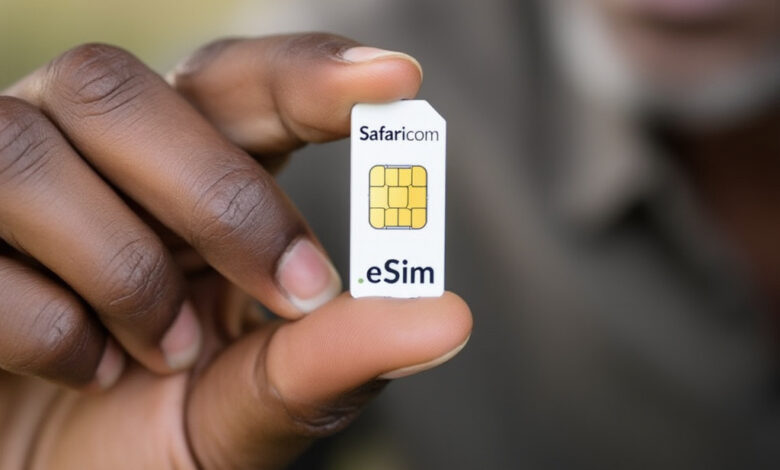
If you’ve traveled internationally or switched between networks with an eSIM, you know the magic: no waiting for a physical card, no hunting for a SIM tray tool. But for mobile network operators? It’s been far more complicated. Hayo, a Cape Town-based digital solutions provider, just launched an end-to-end eSIM platform designed to change that equation – and it could reshape how operators like Safaricom, Airtel, and MTN do business.
The platform, announced this week, is the kind of infrastructure play that doesn’t grab headlines, but it might matter just as much. It gives African telecom operators a white-labeled eSIM solution without forcing them to build everything from scratch – a move that could accelerate adoption across the continent and finally make good on the eSIM revolution promised for years.
The Problem Hayo is Trying to Solve
For decades, physical SIM cards have been the backbone of mobile connectivity. eSIMs, digital SIMs embedded directly in devices, eliminate that friction. The technology is already embraced by major device makers like Apple, Google, and Samsung, and GSMA Intelligence forecasts that 61-88 percent of smartphone connections will use eSIMs by 2030.
But while devices are ready, operator infrastructure has lagged. Building an eSIM platform from scratch is expensive and technically complex, requiring SM-DP+ hosting (for delivering eSIM profiles), subscriber management, QR code generation, and complex onboarding systems. For many operators, it’s been too high a barrier. That’s where Hayo comes in.
What Hayo is Offering
Think of Hayo’s platform as a “Swiss Army knife” for eSIM. Instead of building their own infrastructure, operators can license Hayo’s white-label solution and rebrand it as their own. Customers see the operator’s branding, but Hayo’s infrastructure does the heavy lifting.
The platform includes the full stack: profile generation, SM-DP+ hosting, a branded app, global roaming, and analytics. Feraz Ahmed, Hayo’s CEO, says the goal is to give operators “the ability to deliver instant, secure and borderless connectivity.” This means a faster time-to-market without the massive capital investment, all while operators maintain full control of the customer relationship.
Why Now? Why Africa?
Africa is in a perfect position for this shift. The continent is mobile-first; Kenya, for example, has 121 percent cellular penetration (GSMA Intelligence), as people often carry multiple connections. Smartphone adoption is also accelerating, expected to reach 87 percent by 2030 from 51 percent in 2022.
Major operators like Safaricom, Airtel, and MTN have already started offering eSIMs, but they remain niche offerings. Hayo’s platform could change that by lowering the barrier to entry for scalable services. There’s also a compelling financial incentive: the platform includes a roaming aggregator that lets operators prioritize preferred networks and claw back revenue often lost to unauthorized third-party data steers.
The Bigger Picture: IoT and Security
While aimed at consumers, Hayo is also eyeing the larger IoT and enterprise markets. Connected devices – from smartwatches to industrial sensors – are impractical for physical SIMs but perfect for eSIMs, allowing deployments to scale faster. This gives more operators a path to compete in the growing IoT space.
Of course, this assumes trust. Hayo’s platform adheres to GSMA eSIM specifications, using TLS 1.2+ encryption and requiring mandatory KYC (know your customer) validation. It maintains complete audit logs, providing the security and compliance regulators and operators demand.
What This Means
If your mobile operator in Africa launches new eSIM services, there’s a good chance it’s running on Hayo’s infrastructure. For businesses, this means connected devices will be easier to manage.
Hayo’s platform isn’t the sexiest tech announcement, but it’s an important one for African telecom. By removing the engineering and infrastructure barriers, it could finally turn the “eSIM revolution” from a talking point into reality. The catch? Adoption will only accelerate if operators embrace such platforms rather than building fragmented, proprietary systems.
For operators tired of physical SIM economics, it’s a gateway to new revenue streams. For Africa’s digital economy, it’s a key piece of infrastructure making the continent’s tech ecosystem more competitive and modern.







